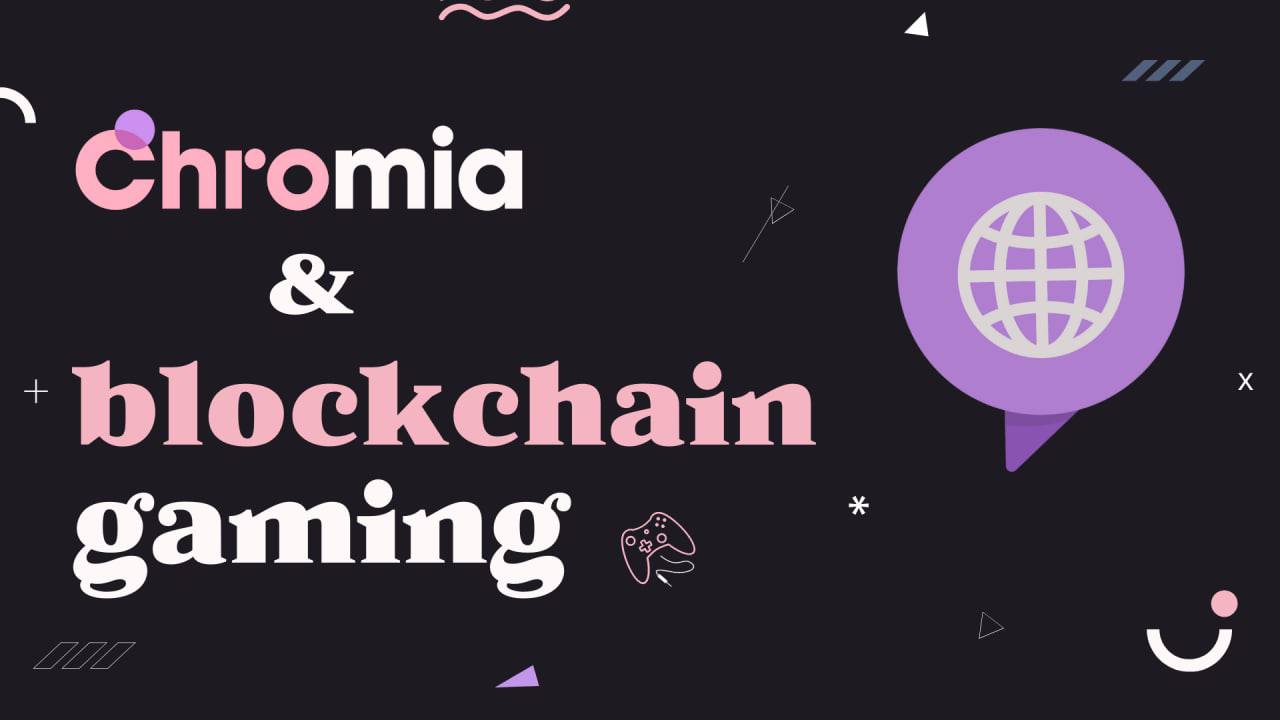One of the undisputed strengths of blockchain is its security. When the end-user takes the necessary security measures, they can safely store millions and even billions of dollars worth of cryptocurrency without fear of being compromised by hackers.
Unfortunately, blockchains are also notoriously inefficient at storage and the handling of large data sets. This makes storing things such as game logic, save games, and application user data impractical. In addition, users would be required to pay transaction fees every time they update a saved game file or edit their personal information.
Fortunately, there are solutions in the works to these problems. Chromia’s relational database structure makes it more adept at saving, accessing, and handling fully encrypted data on-chain. These capabilities open several new opportunities for innovation, including:
- Procedural game logic fully stored and deployed on chain
- Giving users a single private key login (SSO) that can act as their ‘account’ for several games
- Storing user’s personal data and save game data directly on the blockchain
- Enabling instant settlement with no credit cards or other banking information required via cryptocurrency
- Tokenization of valuable in-game items as NFTs that can be traded outside the game world
- The ability to migrate items, achievements, and unlocks across games existing on the Chromia network
Flexible Dapp Fee Structures for the Real World
All of these innovations sound great, but one of the biggest challenges when integrating blockchain with gaming is the question of fees. Anyone who has used Ethereum, BSC, or any other chain to make several transactions understands how expensive and inefficient it can be. Luckily, Chromia has also been designed to tackle this problem as well. Flexible fee structures mean that Dapp developers can choose from a variety of models for their end-users. In some applications, it may make sense for users to pay for their transactions on an as-needed basis - but in another, the developer may choose to stake enough CHR tokens to rent bandwidth on the network, offering their users a zero-fee experience. Other models are also possible, such as a ‘freemium’ model where users can pay a subscription fee to unlock unlimited transactions for a set amount of time. The design philosophy of Chromia is to give developers (and, by extension, their users) a greater amount of choice to deliver the best UX possible.
A Growing Stable of Games
The first few games that utilize Chromia for some of the features outlined above have already been released and are under continuous development. My Neighbor Alice will use NFTs tokens enhanced by Chromia Originals as a Layer-2 solution. Mines of Dalarnia stores user accounts and related save game data on-chain, and also allows users to mine real digital assets in-game and seamlessly store them in a cryptocurrency wallet. Krystopia: Nova’s Journey will feature cross-chain item transfer with Mines of Dalarnia via our unique game resource API (GRA). As the Chromia network matures and sees increased third-party development, its unique strengths for gaming will continue to be explored and exploited.
Although the world of blockchain gaming is very much in its infancy, the sector is seeing explosive growth and contributions from all across the cryptocurrency world. The platforms that can leverage the inherent strengths of the technology while improving upon its shortcomings will become the ones that exert the most influence on what the future of the sector will look like. While Chromia is not exclusively a ‘gaming blockchain,’ its design naturally lends itself to bridging this gap. As we move forward, we are excited to see what new possibilities and experiences our technology can offer both developers and players! To find out more about us, visit www.chromia.com.
